Museo de Bellas Artes de Asturias / Museum of Fine Arts of Asturias, Spain.
El Museo de Bellas Artes de Asturias está formado por un conjunto de cuatro edificios muy cerca de la Catedral de Oviedo. Los cuatro edificios son: el Palacio de Velarde con colecciones de los siglos XIV-XIX, la Casa de Oviedo-Portal con arte del siglo XIX, el edificio de la Ampliación para las colecciones de los siglos XX-XXI y otro edificio en el que se encuentran las oficinas del Museo.
The Museum of Fine Arts of Asturias is formed by a set of four buildings very close to the Cathedral of Oviedo. The four buildings are the Palace of Velarde with collections of the XIV-XIX centuries, the House of Oviedo-Portal with the art of the XIX century, the building of the Extension of the collections of the XX-XXI centuries and another building in which you can find the offices of the Museum.
El interior es amplio y está bien iluminado. La conexión entre edificios es muy buena y el Museo parece enorme por dentro. La visita a las colecciones requiere varias horas pero el tiempo pasará muy rápido. Me ha sorprendido la calidad de sus fondos, que forman una de las más importantes colecciones públicas españolas. En esta ocasión había expuestas obras de la colección Masaveu y Pedro Masaveu. Se podían ver obras de Picasso, Braque, Juan Gris, Miró, Dalí, etc. Había también una exposición de esculturas de Pablo Serrano y una interesantísima e informativa exposición de viñetas de la Revista de Occidente que me encantó.
The interior is spacious and well lit. The connection between buildings is very good and the Museum seems huge inside. Many hours would be required to see all the collections, but the time will pass very quickly. I was surprised by the quality and quantity of the exhibition Art resources stored in the Museum, which form one of the most important Spanish public collections. On this occasion, the works from the collection of Masaveu and Pedro Masaveu were exhibiting. The works of Picasso, Braque, Juan Gris, Miró, Dalí, etc. could also be seen in the Museum. There was also an exhibition of sculptures by Pablo Serrano, and a very interesting and informative exhibition of vignettes from the “Revista de Occidente” that I loved.
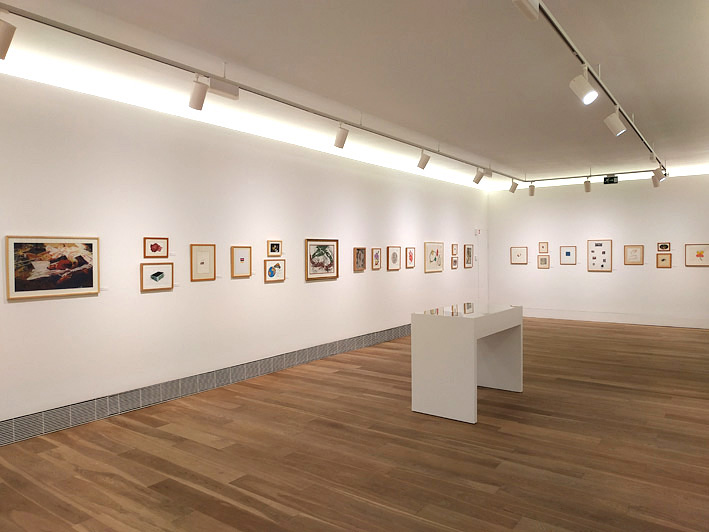
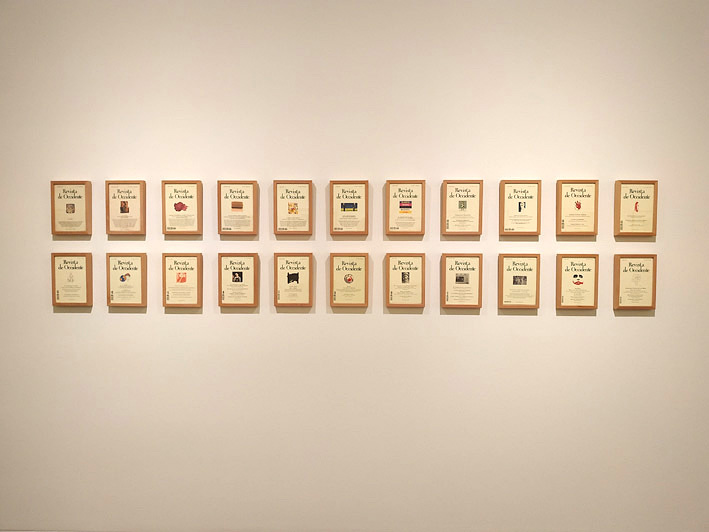 Entre las cosas que me llamaron especialmente la atención figuran unas obras de Hermen Anglada-Camarasa, con un misterioso colorido de trazo corto que parece esconder imágenes que somos incapaces de descifrar. Me traen a la cabeza algunas obras rusas del comienzo de la revolución. Especialmente me recuerdan las bases de las que se forman las figuras de los cuadros de Mihail Vrúbel o Pavel Filonov.
Entre las cosas que me llamaron especialmente la atención figuran unas obras de Hermen Anglada-Camarasa, con un misterioso colorido de trazo corto que parece esconder imágenes que somos incapaces de descifrar. Me traen a la cabeza algunas obras rusas del comienzo de la revolución. Especialmente me recuerdan las bases de las que se forman las figuras de los cuadros de Mihail Vrúbel o Pavel Filonov.
Among the things that caught my attention are some works by Herman Anglada-Camarasa, with a mysterious short-stroke colour that seems to hide images that we are unable to decipher. They bring to mind some Russian works from the start of the revolution. Most particularly they remind me of the bases from which the figures of the paintings of Mihail Vrúbel or Pavel Filonov are formed.
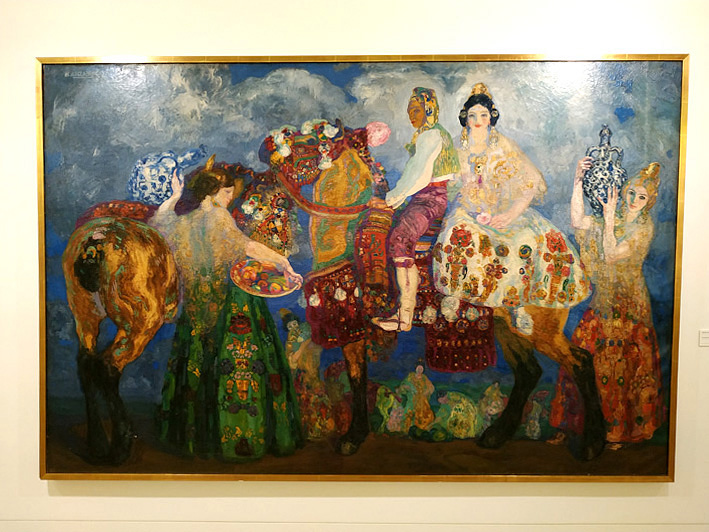
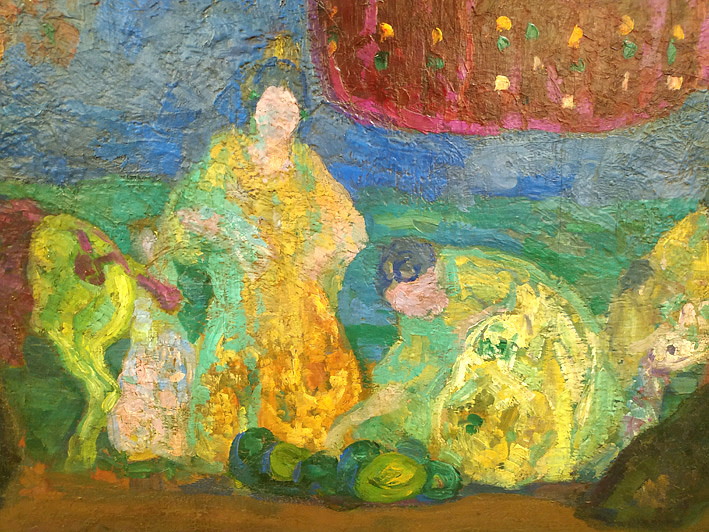
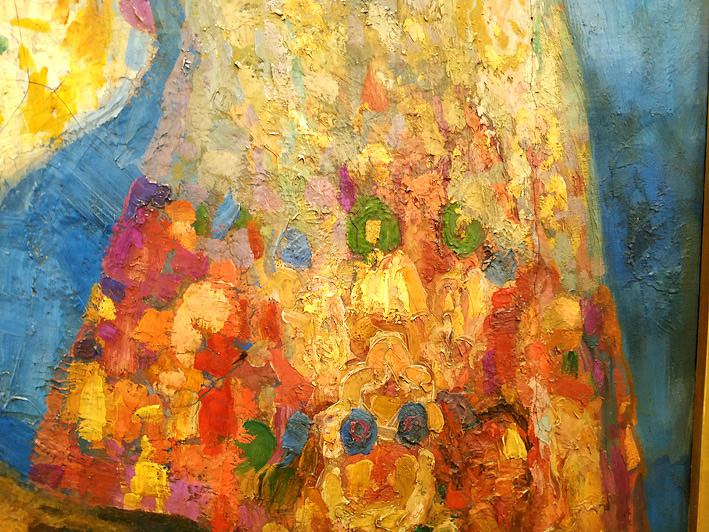
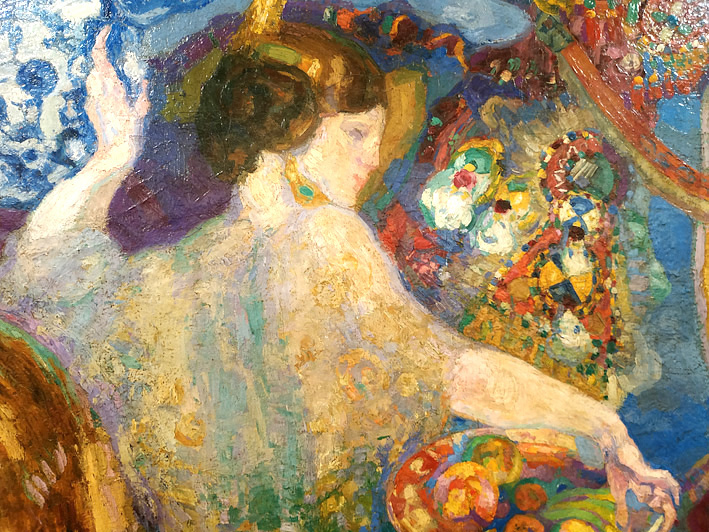
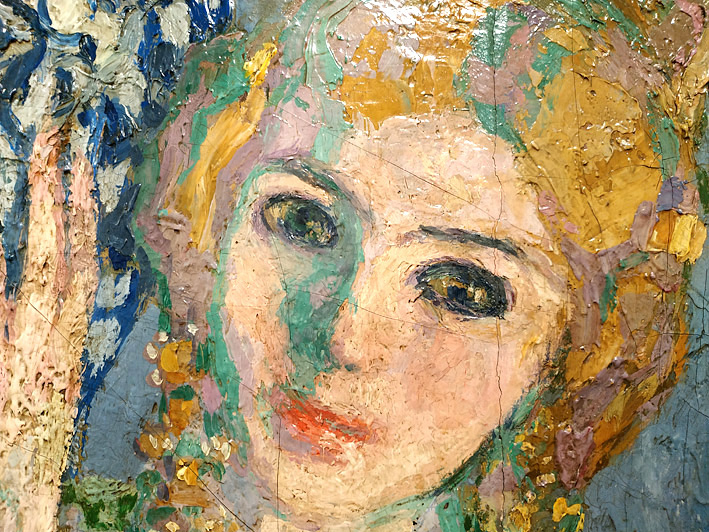 No sabía que entre su colección de fotografías se pueden encontrar obras de Julio Peinado, quien forma parte de un artículo que estoy preparando en este momento.
No sabía que entre su colección de fotografías se pueden encontrar obras de Julio Peinado, quien forma parte de un artículo que estoy preparando en este momento.
I didn’t know that among its collection of photographs the works of Julio Peinado could be found, and who is part of an article that I am preparing at this moment.
Pero lo que me ha gustado en especial es el espacio permanente dedicado a Aurelio Suárez. Las obras de este surrealista fallecido en 2003 me resultan fascinantes. Entre las obras expuestas se encuentran “Crono pictórico” y “Mundo oculto”.
La primera de ellas incluye el siguiente texto: “y te diré que, la máquina fotográfica, ha hecho de la pintura realista “algo” inútil y sin razón de ser. Y nada más por hoy. Tu amigo Aurelio Suarez. P.D. Pinta lo que quieras y como quieras.” La firma, como siempre en sus cuadros, está al revés, haciendo que la rúbrica semeje un pez.
But what I really liked was the permanent space dedicated to Aurelio Suárez. The works of this Surrealist artist who passed away in 2003, I find them fascinating. Among the works exhibited can be found “Crono pictórico” and “Mundo oculto”.
The first of them includes the following text: “And I will tell you that, the photographic machine, has made of the realism Art movement “something” useless and without reason to be. And nothing more for today. Your friend Aurelio Suarez. P.S. Paint what you want and how you want.” He signs his works, as always, back to front, making his signature resemble a fish.
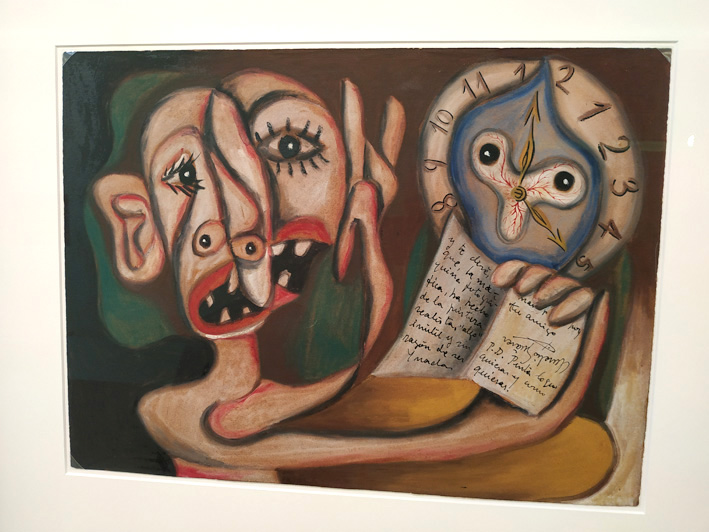
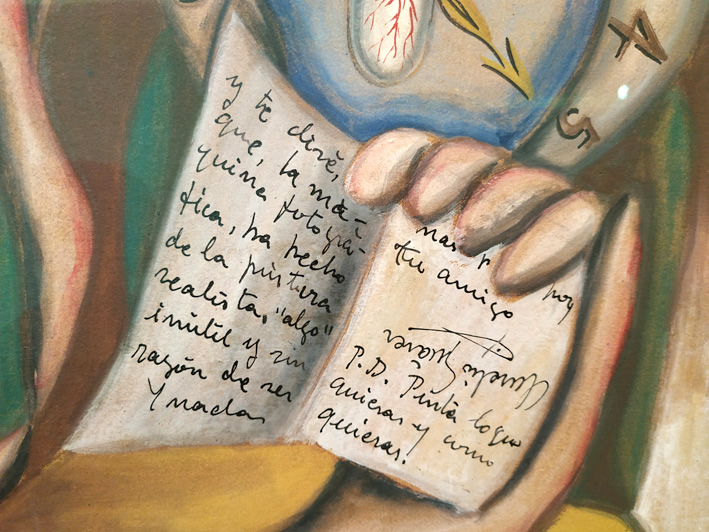 «Crono Pictórico»
«Crono Pictórico»
La segunda obra, “Mundo oculto”, es un óleo sobre lienzo de 73 x 92 cm. Éste es el mayor tamaño que haya visto nunca de este autor, pues sus obras son de tamaño cercano a 40 x 50 cm. ya sean óleos o guaches. Esta pieza es deliciosa y me he permitido hacerle varias fotos parciales para poder mostrar sus encantos.
The second of his works, “Mundo Oculto”, is an oil on canvas of 73 x 92 cm. This is the largest size I have ever seen by this author, as his works are about 40 x 50 cm in size. Whether they are oils or gouaches. This piece is a delight and I have allowed myself to make several photos of sections to show off its charms.
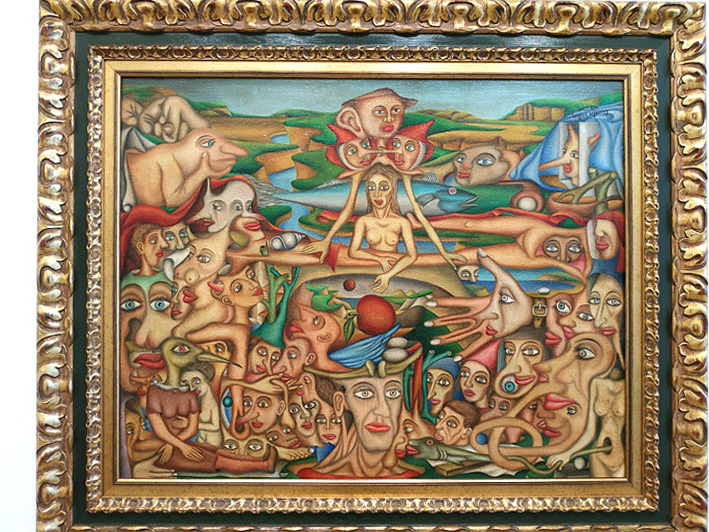
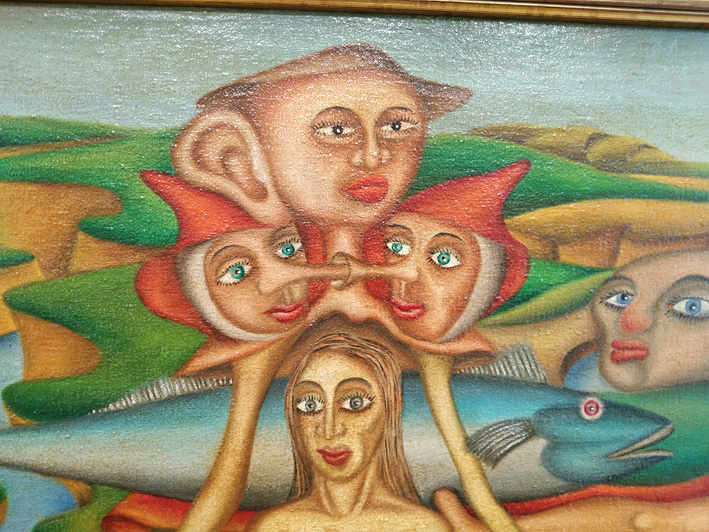
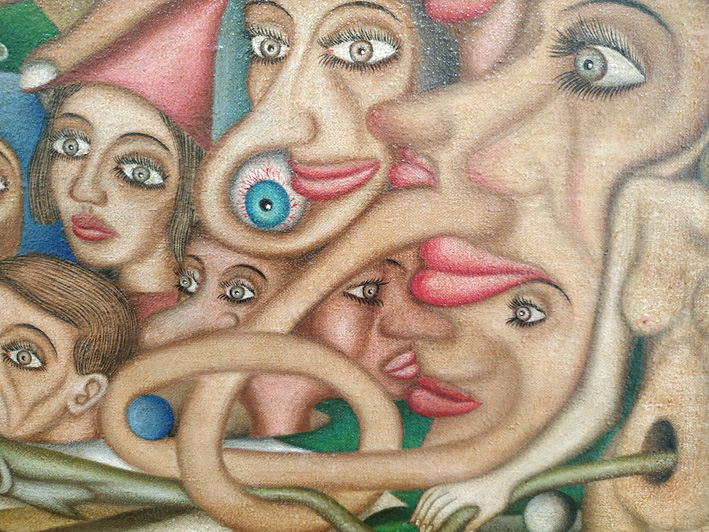
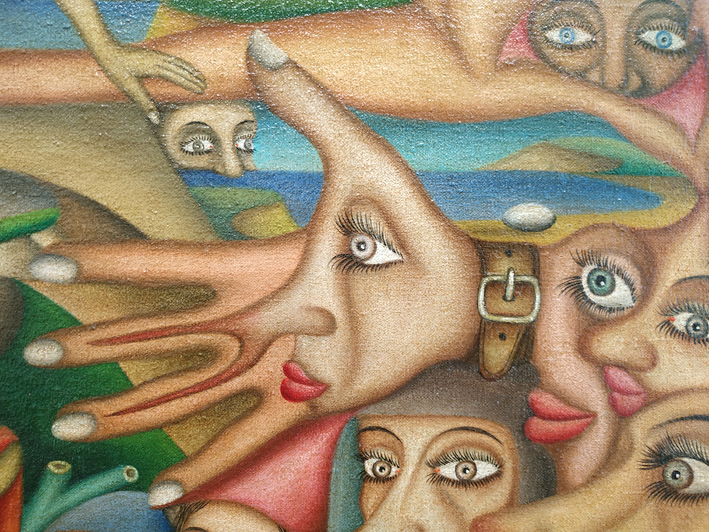
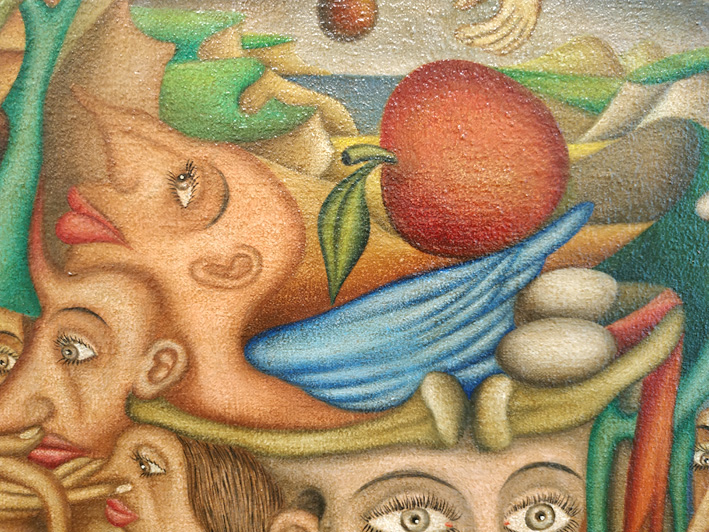
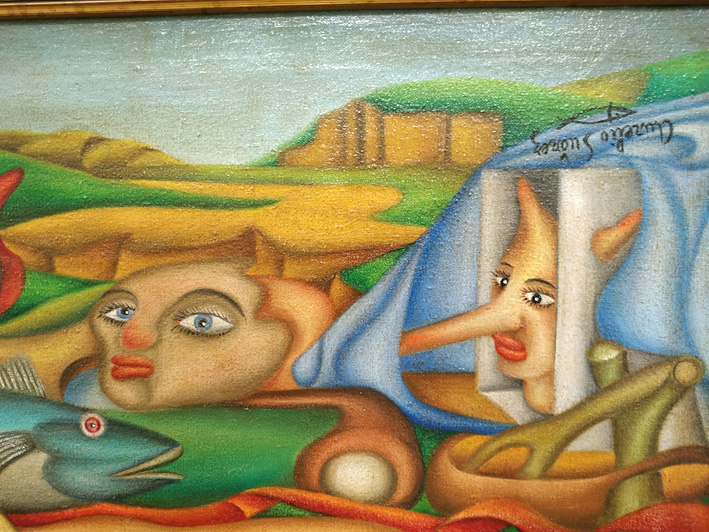
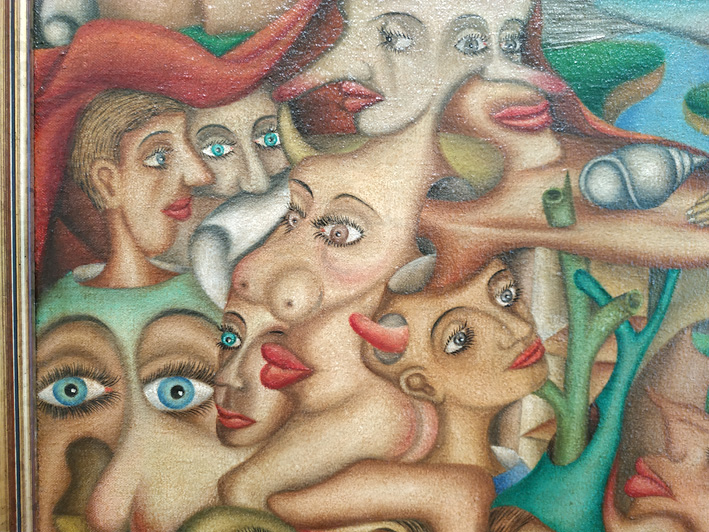
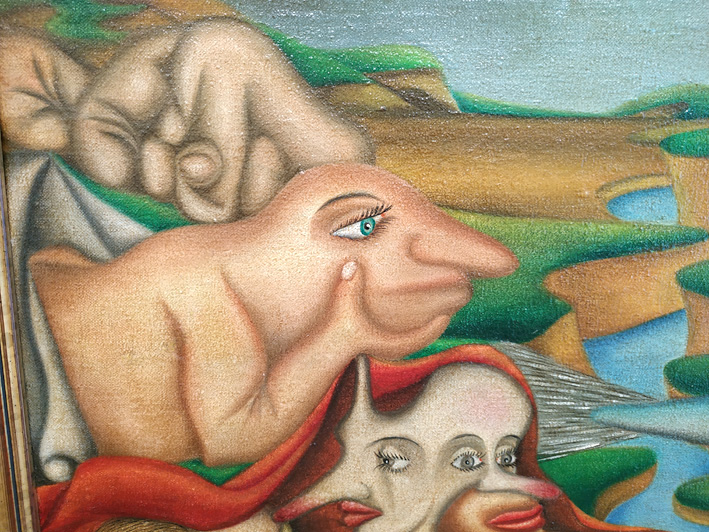
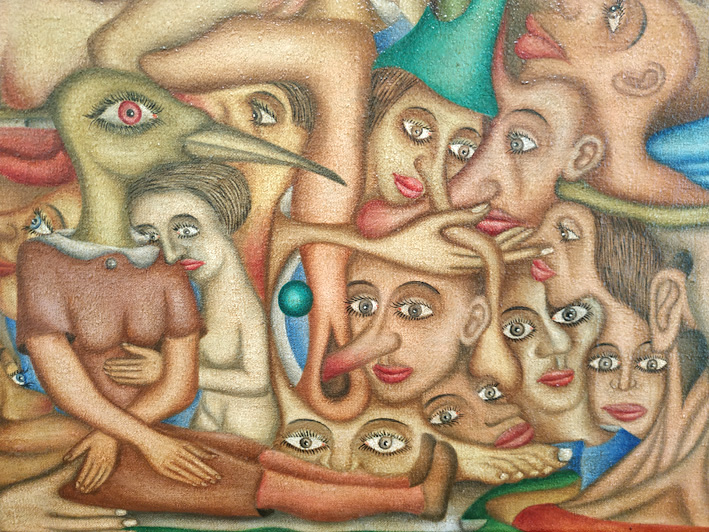 «Mundo Oculto»
«Mundo Oculto»
Muestro también “Tarde del jueves” y “Esperanza nuestra”, que son obras muy conocidas y excepcionales.
I also show “Tarde del jueves” and “Esperanza nuestra”, which are very well-known works of his and quite outstanding.
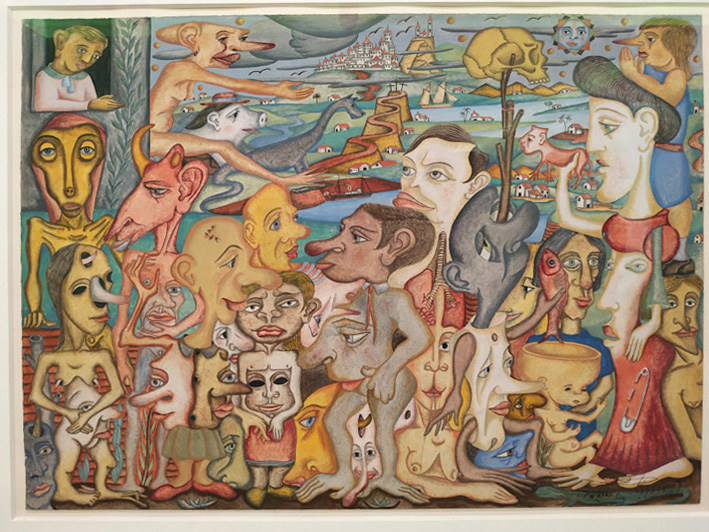 «Tarde del jueves»
«Tarde del jueves»
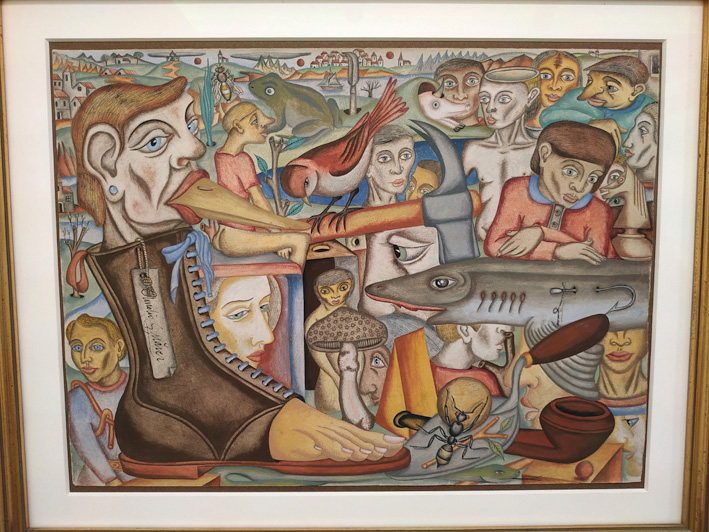 «Esperanza nuestra»
«Esperanza nuestra»
Se que hace un tiempo el Reina Sofía adquirió obra de Aurelio Suárez, lo que de algún modo abre la puerta a una exposición individual de este pintor. No estaría mal que se decidieran a colgar cien buenas piezas de Aurelio; sería un éxito asegurado y de un nivel altísimo. Que no tarden.
I know that the Reina Sofía Museum acquired works of Aurelio Suárez some time ago, which in some way opens the door to an individual exhibition of this painter. It would be nice if they decided to hang a hundred good pieces of Aurelio; it would be a guaranteed success and of a very high level. I hope they don’t wait too long to do it.
Para terminar mostraré unas fotografías de diferentes salas del Museo de Bellas Artes de Asturias en Oviedo. Una visita absolutamente recomendable.
To finish I will show some photographs of different rooms of the Museum of Fine Arts of Asturias in Oviedo. An absolutely recommendable visit.
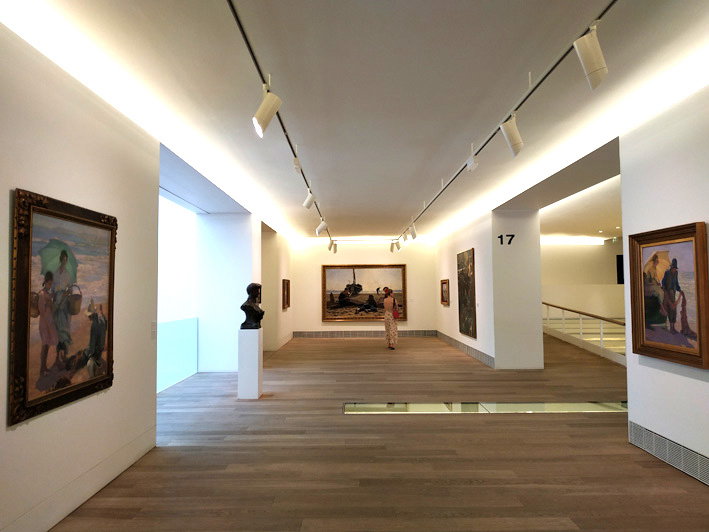
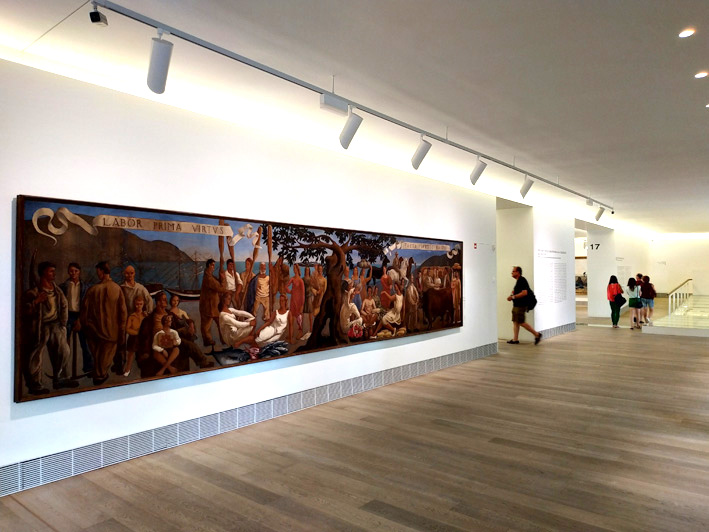
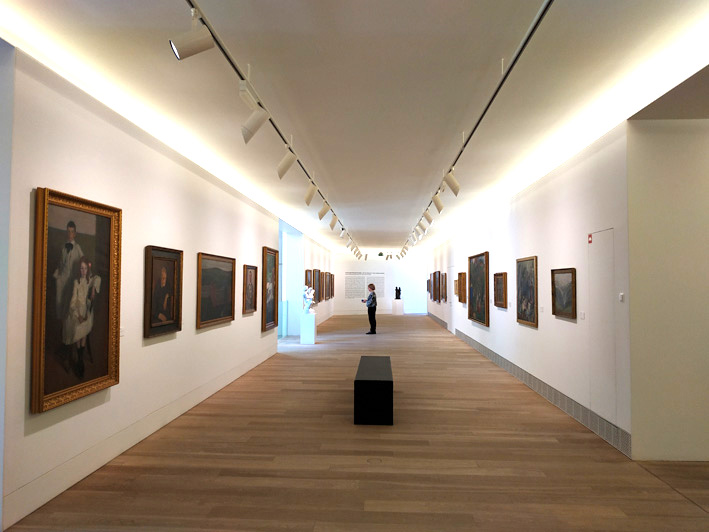
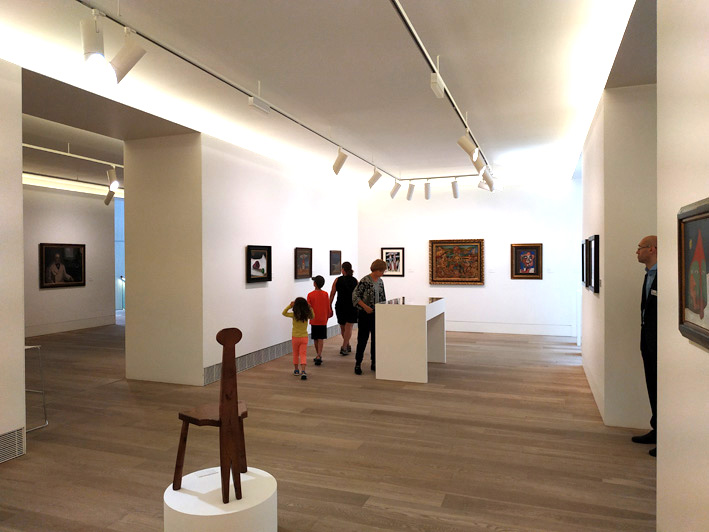
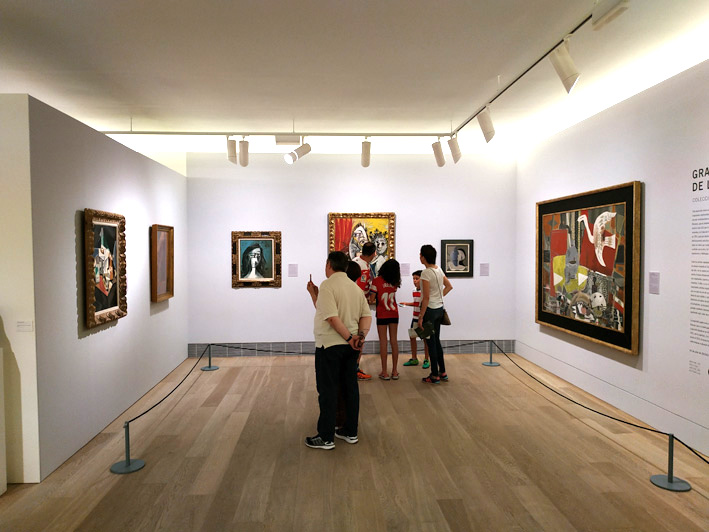
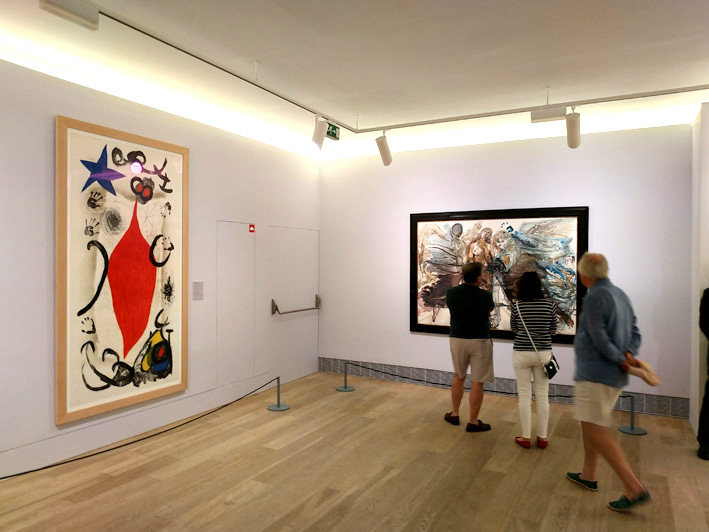
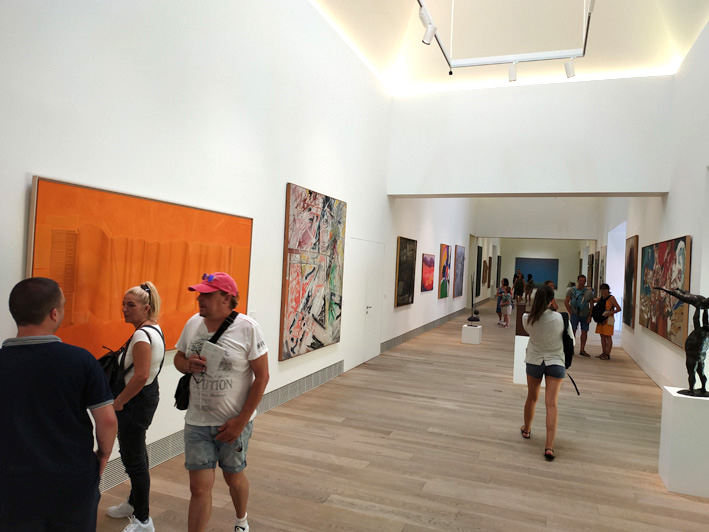
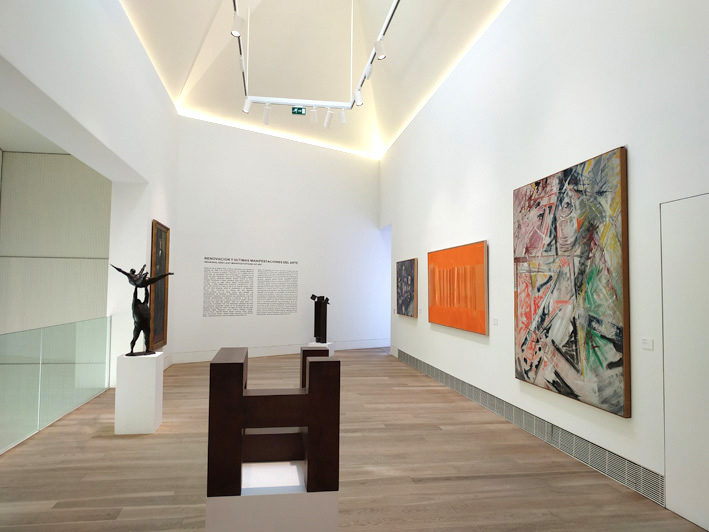
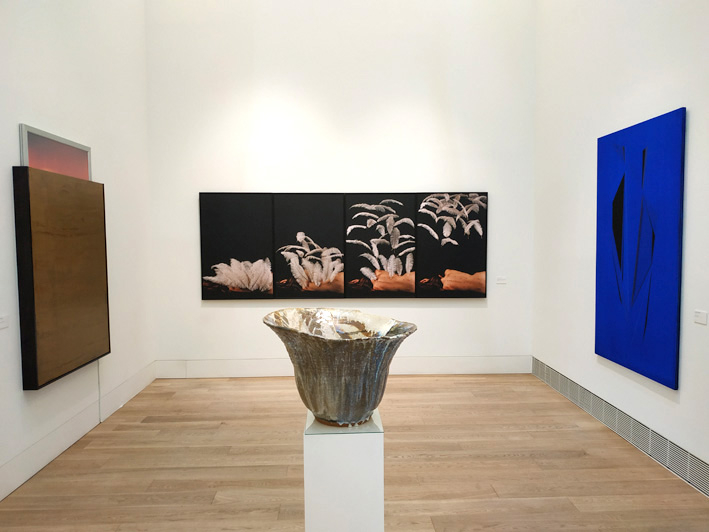
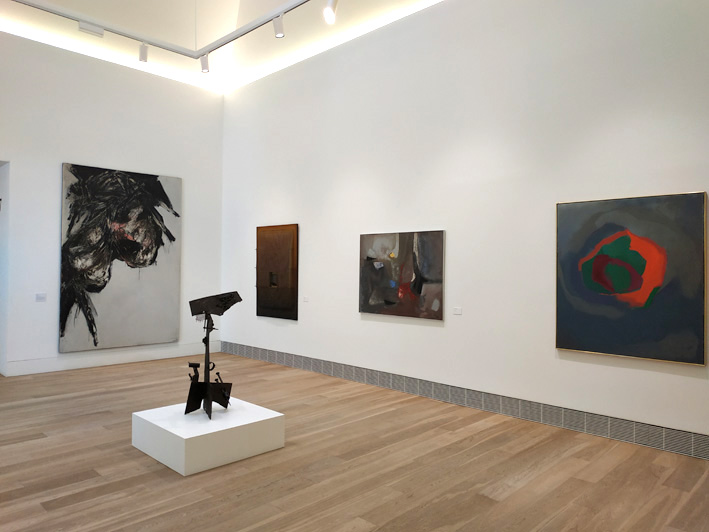
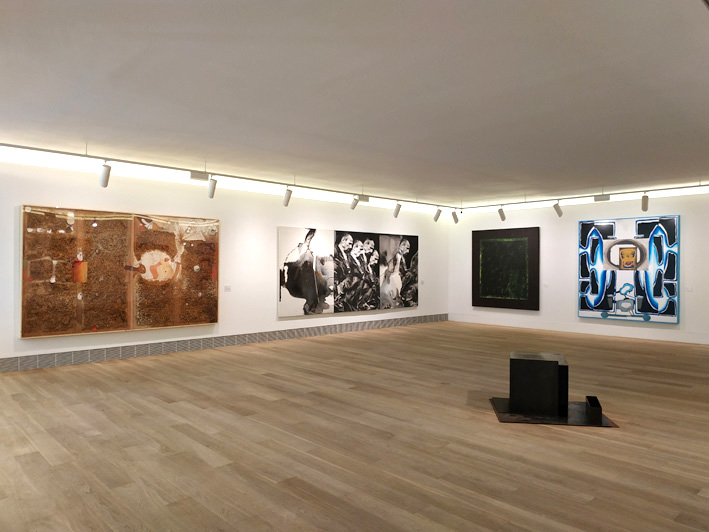
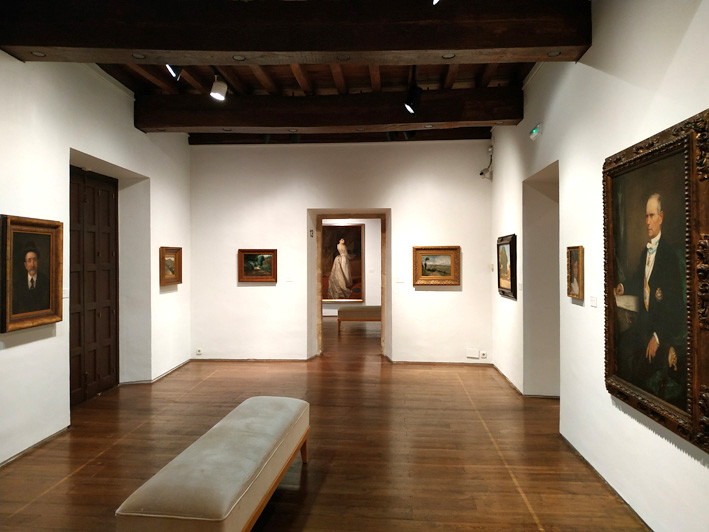
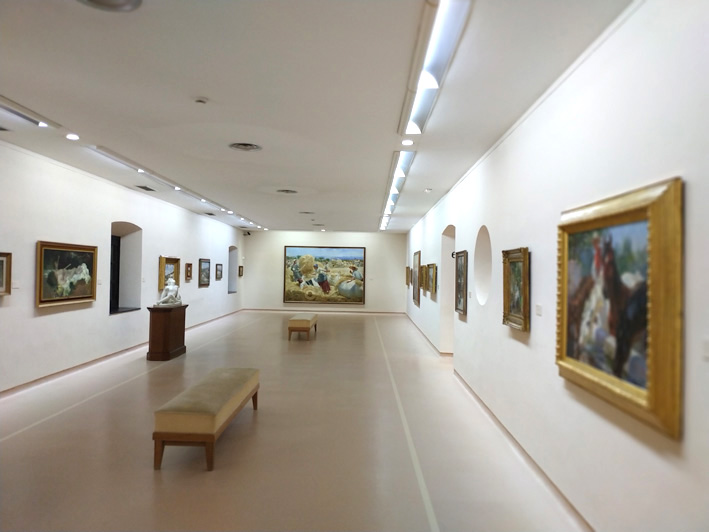
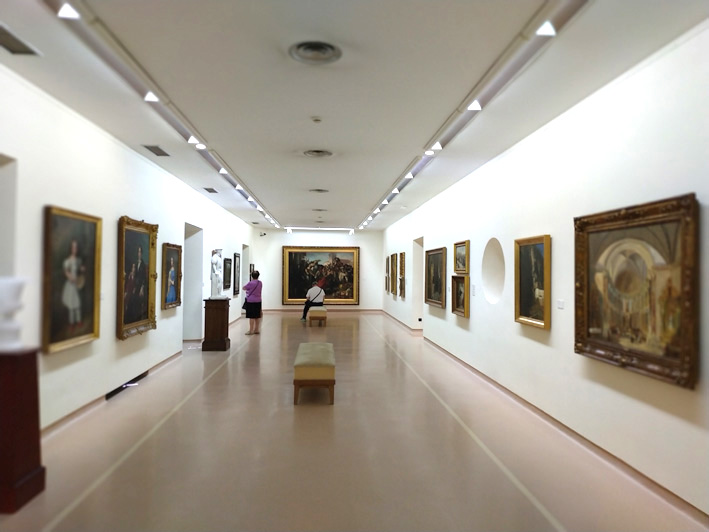
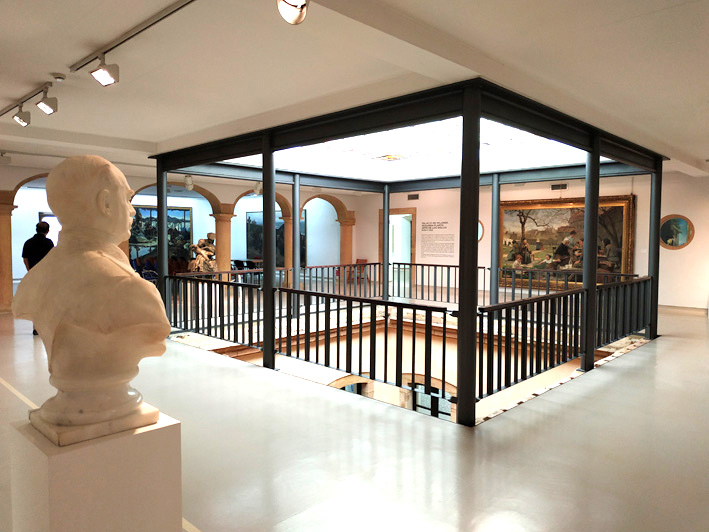
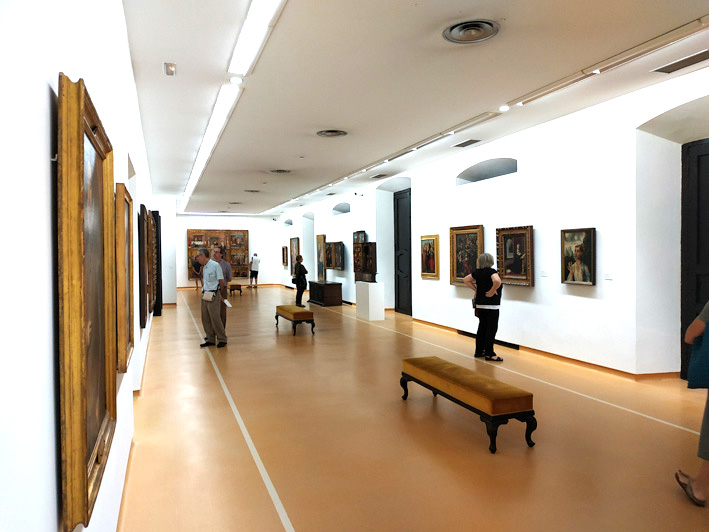
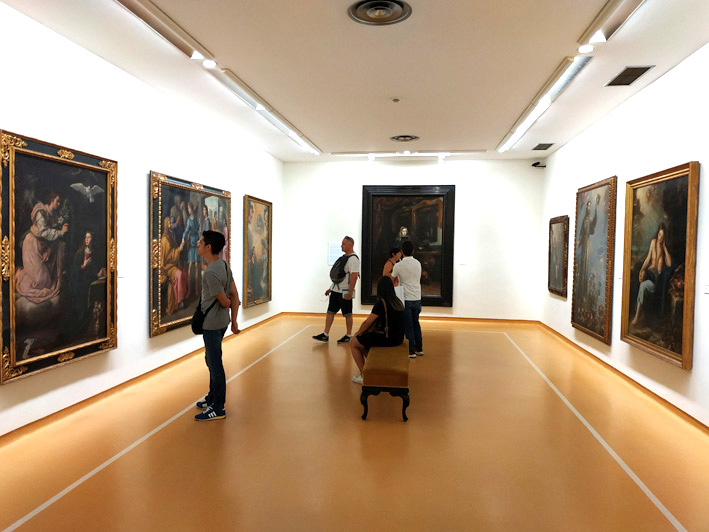
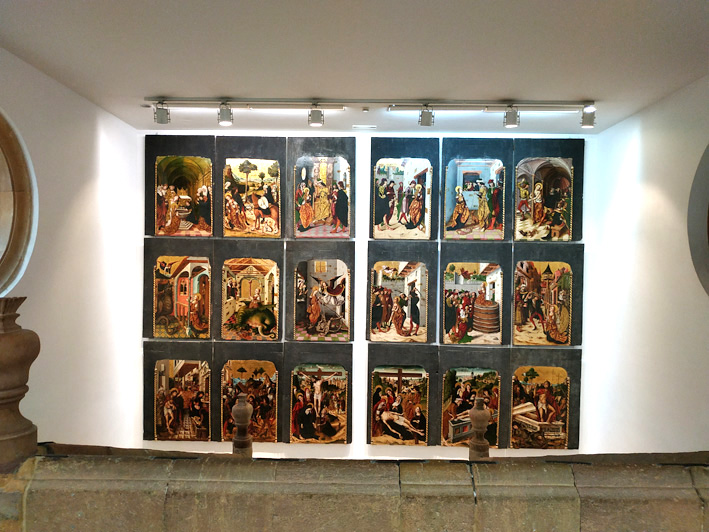
Translated to English by Sandra Crundwell. Thanks Sandra!

